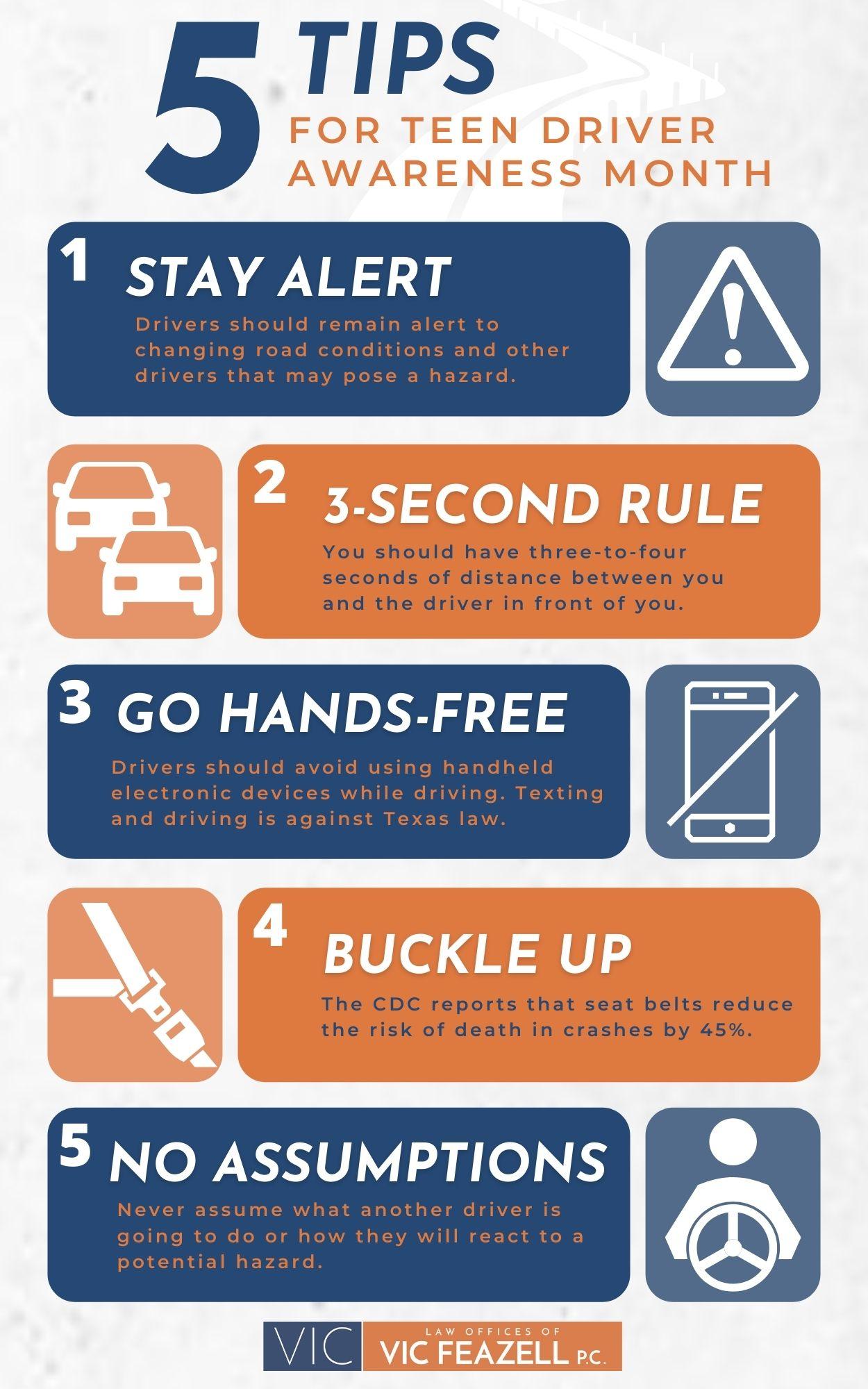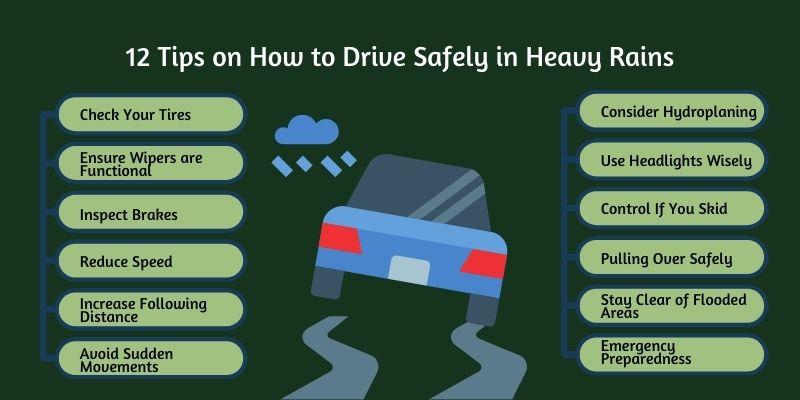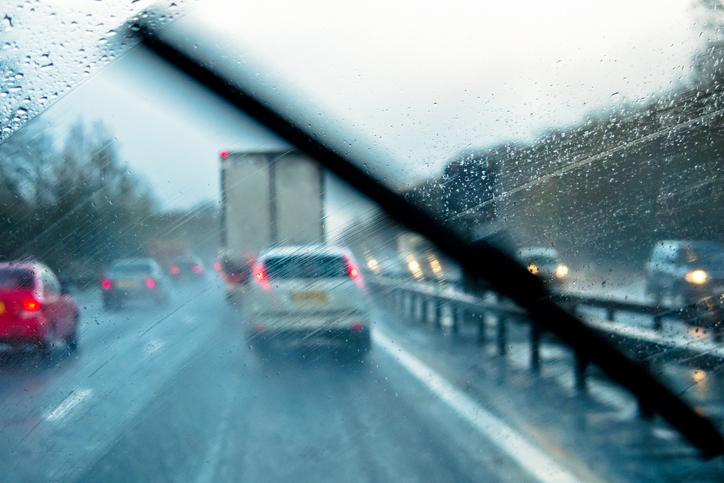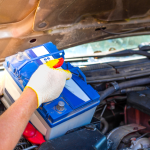Driving in the rain can be a daunting experience for many motorists, but it doesn’t have to be! With the right precautions and mindset, you can navigate wet roads safely and confidently. Rain can create slippery surfaces, reduced visibility, and unexpected hazards, making it essential to adapt your driving habits.
In this article, we’ll explore practical safety tips to help you stay secure and in control when the skies open up. Whether you’re a seasoned driver or just starting out, these insights will empower you to face those rainy days with ease. So, buckle up, and let’s dive into the essentials of safe driving in wet weather!
Table of Contents
- Understanding the Risks of Driving in Wet Conditions
- Essential Vehicle Preparations for Rainy Weather
- Practical Driving Techniques to Enhance Safety
- Tips for Staying Calm and Focused During Rainy Drives
- Q&A
- In Summary

Understanding the Risks of Driving in Wet Conditions
Driving in wet conditions presents a unique set of challenges that require heightened awareness and caution. Hydroplaning is a significant risk; it occurs when a layer of water builds between the tires and the road, reducing traction and control. This can lead to sudden loss of steering and braking ability. To mitigate this risk, it’s crucial to maintain proper tire pressure and tread depth, as well as to slow down when the roads are wet. Additionally, visibility is often compromised during rainstorms. Ensure your headlights are functional and use windshield wipers effectively to keep your view clear. Remember, it’s not just about your driving but also about anticipating the actions of other drivers who may be experiencing similar challenges.
Another factor to consider is the increased stopping distance required on slippery roads. Wet surfaces make it difficult for tires to grip, significantly extending the time it takes to come to a halt. To adapt, increase the following distance from the vehicle ahead to at least four seconds, providing ample time to react should they brake suddenly. Moreover, avoiding sudden movements—like hard turns or sharp braking—will help maintain your stability on wet surfaces. Make a habit of checking the weather forecast and adjust your travel plans accordingly; if heavy rain is expected, consider delaying your trip or opting for alternative transportation. Embracing these precautions not only promotes your safety but also contributes to the overall well-being of all road users during inclement weather.
Read More: Tips on How to Take Care of Your Car During a Heat Wave

Essential Vehicle Preparations for Rainy Weather
Before heading out into the elements, it’s essential to ensure your vehicle is ready to tackle rainy conditions. Start with your tires; they should have adequate tread depth and proper inflation to maintain traction on slick roads. Check the condition of your windshield wipers, as worn-out blades can hinder visibility. Inspect your lights—both headlights and taillights—to make sure they are functioning properly, as visibility can be significantly reduced during downpours. Additionally, ensure that your brakes are in good working order, as wet conditions can affect braking distances.
It’s also wise to prepare your vehicle with the right supplies. Consider keeping a rain emergency kit in your trunk that includes items such as a flashlight, a first-aid kit, and a non-perishable snack. Here’s a quick checklist of what to include:
- Umbrella
- Rain poncho
- Emergency blanket
- Spare tire and tools
- Water bottle
By taking these steps and ensuring your vehicle is equipped for unpredictable weather, you can drive with greater confidence and safety when rain falls.

Practical Driving Techniques to Enhance Safety
Driving in rain can pose unique challenges, but employing effective techniques can greatly enhance your safety on the road. First and foremost, reduce your speed; rain can create slick conditions, and lower speeds help maintain control. Additionally, ensure your wipers and headlights are functioning properly to enhance visibility. It’s crucial to keep a safe distance from the vehicle in front of you, allowing extra time to react to sudden stops or changes in traffic. Use the following tips to stay safe:
- Avoid sudden maneuvers, as they can lead to hydroplaning.
- Test your brakes lightly to ensure they’re functioning well on wet surfaces.
- Use the defroster to keep windows clear of condensation.
- Stay in the middle lane when possible; water tends to pool in outer lanes.
Being aware of your surroundings and the impacts of rain on road conditions is key. Adjusting your driving habits can make a significant difference. For example, consider the following when driving:
| Conditions | Recommended Action |
|---|---|
| Light Rain | Maintain speed but increase following distance. |
| Moderate Rain | Reduce speed and turn on headlights. |
| Heavy Rain | Significantly reduce speed and avoid changing lanes. |
| Puddles or Standing Water | Steer clear to prevent hydroplaning. |

Tips for Staying Calm and Focused During Rainy Drives
Driving in the rain can often lead to increased stress levels, impacting your ability to stay alert on the road. To enhance your focus, consider these essential strategies:
- Plan Your Route: Before hitting the road, check the weather conditions and map out your route to avoid any flooded areas or heavy traffic.
- Listen to Calming Music: Create a playlist with soothing tracks that can help ease anxiety and enhance concentration.
- Practice Deep Breathing: If you feel overwhelmed, take a moment to pause and breathe deeply to regain composure.
- Stay Hydrated: Drink water before your drive to help maintain your focus and avoid fatigue.
Environment matters when it comes to maintaining a calm mindset. Here are some additional tips to create a stress-free atmosphere:
- Adjust Your Seat and Mirrors: Ensure your seating position allows for optimal visibility and comfort, which can help reduce strain.
- Use the Headlights Wisely: Ensure your headlights are on to increase visibility, and remember to switch them off when not needed to avoid distractions.
- Engage in Mindfulness: Focus on the present moment by observing the rain, the sound of the tires on the wet road, and your breathing.
Q&A
Q&A: Safety Tips for Driving in the Rain
Q1: Why is driving in the rain more hazardous than driving in dry conditions?
A1: Rain can create slippery road surfaces due to water mixing with oils and debris, reducing tire traction. Visibility can also be compromised by heavy rain, leading to an increased risk of accidents. It’s essential to adjust your driving habits to stay safe in these conditions.
Q2: What are some essential tips for maintaining visibility while driving in the rain?
A2: To maintain visibility, make sure to turn on your headlights, even during light rain. This helps you see the road better and makes your vehicle more visible to other drivers. Additionally, ensure that your windshield wipers are in good condition and use the defroster to prevent fogging.
Q3: How should I adjust my speed when driving in the rain?
A3: It’s crucial to reduce your speed when driving in the rain. Wet roads can increase stopping distance, so driving slower allows more time to react to sudden obstacles. A good rule of thumb is to drive at least 5-10 mph slower than the posted speed limit depending on the severity of the rainfall.
Q4: What should I do if my vehicle starts to hydroplane?
A4: If you begin to hydroplane, gently ease off the accelerator without slamming on the brakes. Steer in the direction you want to go until you regain control. Avoid making sudden movements; instead, remain calm and steady to help your tires make contact with the road again.
Q5: Are there any specific driving techniques to use when navigating through puddles?
A5: When approaching puddles, slow down and avoid driving through them if possible. If you must go through a puddle, drive slowly and steadily to avoid splashing and losing control. Be cautious of deeper water that can hide hazards, such as potholes or debris.
Q6: What vehicle maintenance tips can help prepare for rainy conditions?
A6: Regular maintenance is key! Check your tires for proper tread depth and air pressure, as good tires improve traction. Ensure your windshield wipers are functioning correctly and that your headlights and brake lights are working properly for optimal visibility.
Q7: How can I stay calm and focused while driving in challenging weather?
A7: Managing stress is vital for safe driving. Take deep breaths, stay aware of your surroundings, and avoid distractions, such as using your phone. Allow extra time for your journey so you don’t feel rushed, which can help you remain composed in difficult driving conditions.
Q8: What should I do if I encounter severe weather while driving?
A8: If severe weather strikes, your safety is the priority. If conditions become too dangerous, pull over to a safe location, like a rest area or parking lot, and wait until the worst of the storm passes. Keep your lights on and, if necessary, use hazard lights to alert other drivers.
By following these tips, you can help ensure a safer journey when driving in the rain. Remember, it’s always better to take your time and arrive safely than to rush and put yourself and others at risk. Safe travels!
In Summary
driving in the rain doesn’t have to be a stressful experience if you take the right precautions. By maintaining your vehicle, adjusting your driving habits, and staying aware of your surroundings, you can navigate wet roads with confidence. Remember to slow down, keep a safe distance from other vehicles, and use your headlights to improve visibility. The more prepared you are, the safer you’ll be.
As you hit the road, always prioritize safety—not just for yourself, but for everyone sharing the journey. So next time the skies open up, keep these tips in mind and enjoy your drive. Safe travels!











